Croatia Solo Travel – 20 Best Places
Exploring the Croatian coastline and vibrant cities as a solo traveler has to be one of the best ways to experience Europe! This article will bring you everything you need to know about Croatia solo travel.
Why is Croatia Perfect for Solo Travelers?
Croatia is a safe, welcoming country with excellent infrastructure for tourism, especially for solo travelers.
English is widely spoken, making it easy to get around and meet new people. Croatia’s compact size allows for easy exploration, whether you’re heading from the beaches of Split to the historic streets of Dubrovnik or venturing to one of its 1,000 islands.
Another reason solo travelers love Croatia is the friendly local culture and the abundance of group tours and meet-up events—perfect for those looking to meet like-minded travelers.
At the same time Croatia is also knwsn as one of the safest places for solo female Travel.
Read more: Croatia Solo Female Travel – 6 Best Places to Visit
Best Places to Visit in Croatia Solo Travel
Here are some of the Best Places to Visit in Croatia Solo Travel.
Dubrovnik
Dubrovnik, often called the “Pearl of the Adriatic,” is a must-visit, especially if you’re a fan of ancient architecture and stunning ocean views. The city is known for its medieval walls, which offer breathtaking views over the city and sea.
- Walk the City Walls – The walls stretch for about 2 km around the Old Town. Entrance: $35.
- Fort Lovrijenac – Also called St. Lawrence Fortress, this spot provides panoramic views of the sea and the city. Entry is included in the city walls ticket.
- Free Experiences: Wandering through the Old Town is free and equally magical. Don’t miss the Stradun promenade and Rector’s Palace from the outside.
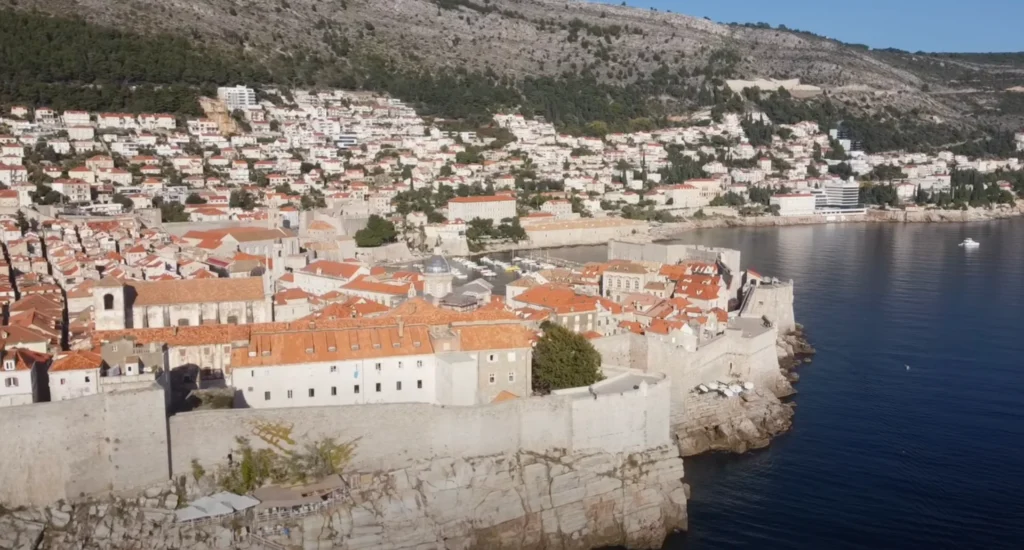
Split
Split is famous for Diocletian’s Palace, a Roman palace that is woven into the modern city and one of the most fascinating historical sites in Croatia.
- Diocletian’s Palace – Entry is free, but if you want to explore the basement halls, there’s a fee of $7. Inside, you’ll find shops, cafes, and beautiful courtyards.
- Marjan Hill – A popular local spot with incredible views of Split and the Adriatic. Free and ideal for hiking or a scenic walk.
- Riva Promenade – Take a leisurely stroll along the Riva, a lively seafront area filled with cafes and street performers.
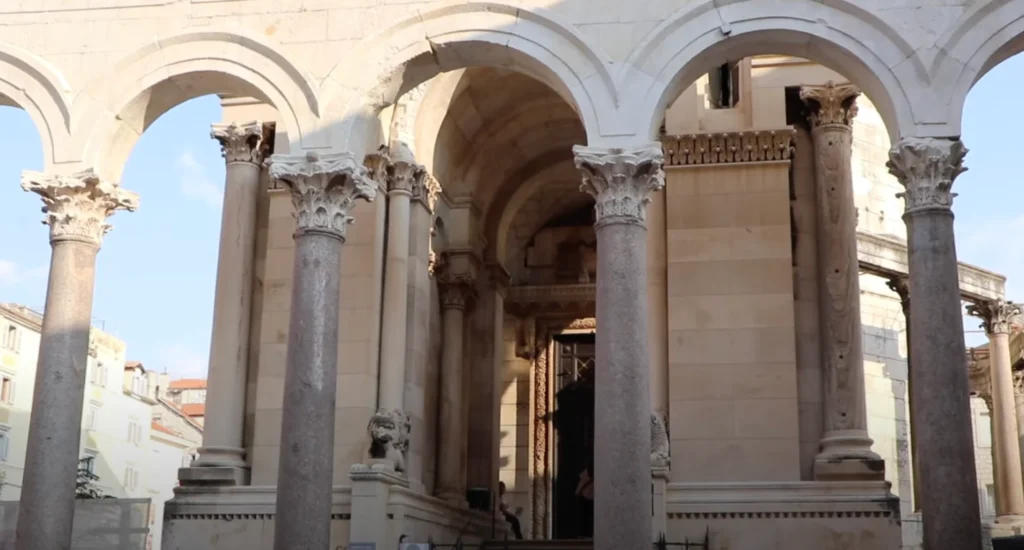
Plitvice Lakes National Park
Plitvice Lakes is a UNESCO World Heritage Site, featuring 16 interconnected lakes and waterfalls surrounded by lush greenery. It’s one of Croatia’s most famous natural wonders and definitely worth a visit.
- Entrance Fees – Prices vary based on the season: $10-40. Winter months are cheaper, while summer sees higher prices.
- Hiking Trails – The park has several hiking routes (ranging from 2-8 hours) with wooden walkways to take you close to the waterfalls. All trails are included in the entrance fee.
- Free Experiences Nearby: If you’re driving, visit the charming Rastoke Village, known for its waterfalls and traditional mills.
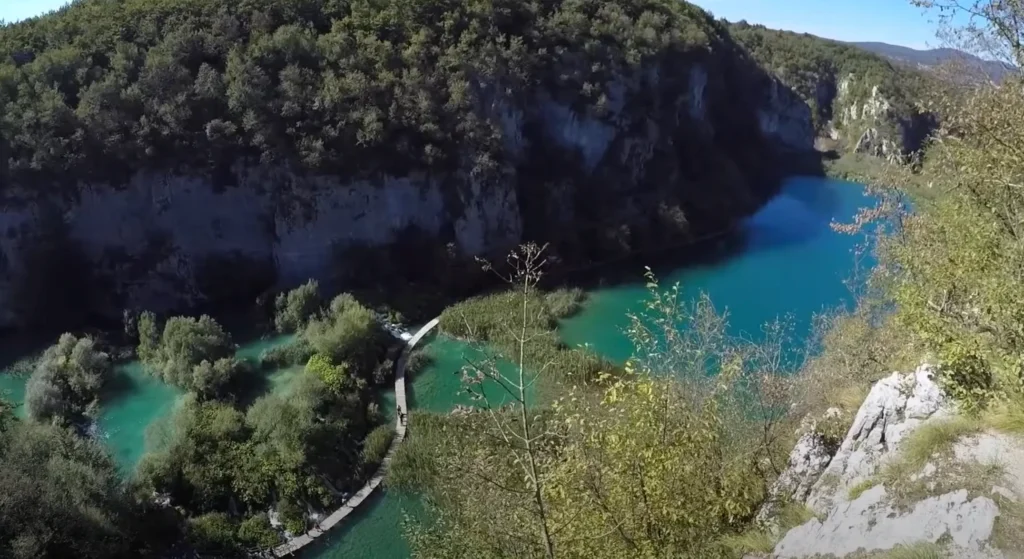
Hvar Island
Hvar is known for its lavender fields, lively nightlife, and historic sites. The island has beautiful beaches and is a favorite spot for both solo travelers and groups.
- Hvar Fortress (Fortica) – Enjoy spectacular views of the town and harbor from this fortress. Entrance: $7.
- Stari Grad Plain – A UNESCO World Heritage Site showcasing ancient agricultural practices. Free and open to the public.
- Beaches – Many of Hvar’s beaches are free, like Dubovica Beach, a stunning cove that’s a bit hidden but worth the short hike down.
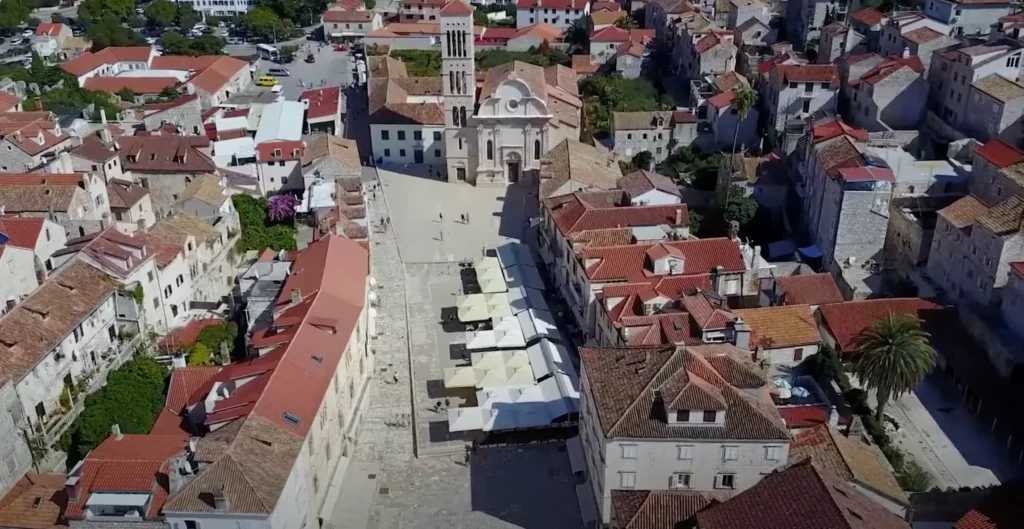
Zadar
Zadar is a mix of modern installations and ancient Roman ruins, making it a unique spot to explore.
- Sea Organ – This is a one-of-a-kind musical instrument that plays music through sea waves, and it’s completely free to enjoy.
- Sun Salutation – Nearby the Sea Organ, this solar-powered light installation puts on a colorful display at night, also free.
- Roman Forum – Built in the 1st century BC, the Forum is free to wander around, and it’s packed with ancient ruins and artifacts.
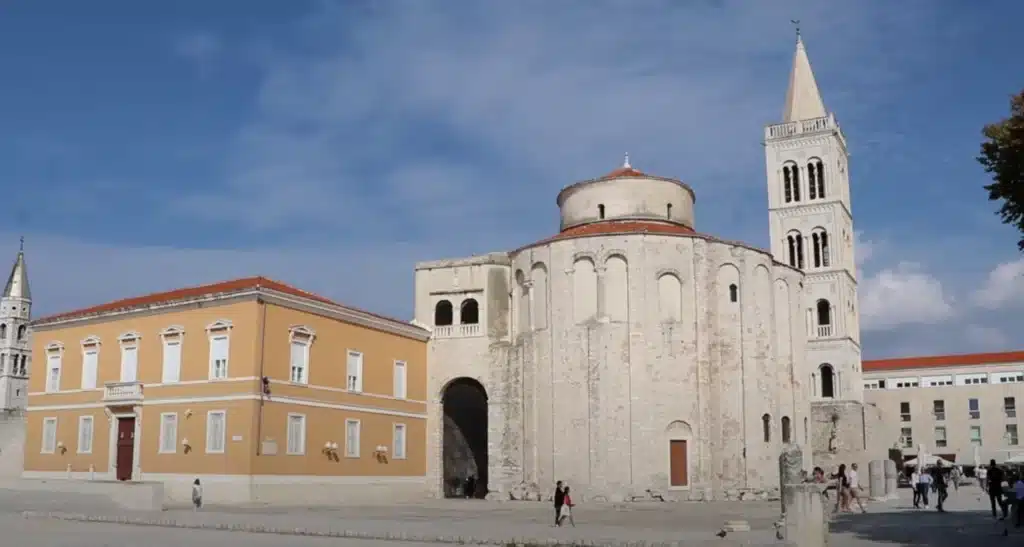
Zagreb
Croatia’s capital, Zagreb, is a vibrant city with a mix of art, history, and café culture.
- Museum of Broken Relationships – This quirky museum displays mementos from past relationships. Entrance: $6.
- St. Mark’s Church – Known for its colorful tiled roof, this iconic church is free to view from the outside.
- Dolac Market – This bustling market near the city center is free to browse and perfect for sampling fresh local produce.
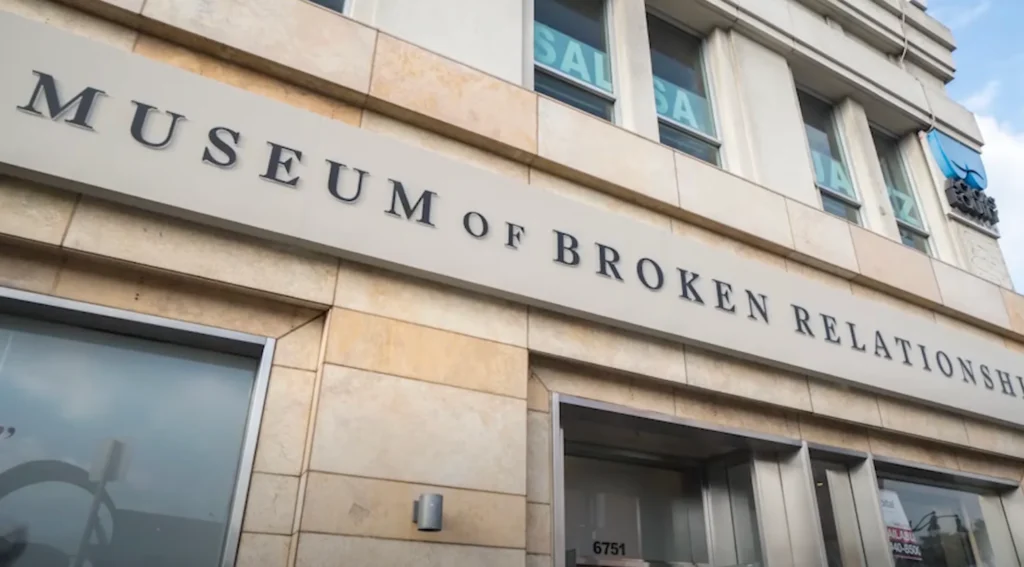
Korcula Island
Korčula is known for its picturesque old town, which some say is a smaller version of Dubrovnik. It’s a quiet spot, ideal for solo travelers who want to unwind.
- St. Mark’s Cathedral – Climb to the top of the bell tower for a small fee of $2 and enjoy a stunning view over the town.
- Beaches – Many beaches on Korčula are free, with Vela Przina Beach being one of the most popular.
- Wine Tours – Korčula is known for its wine, and while tours range in price, tasting rooms often have free samples or small fees for tastings.
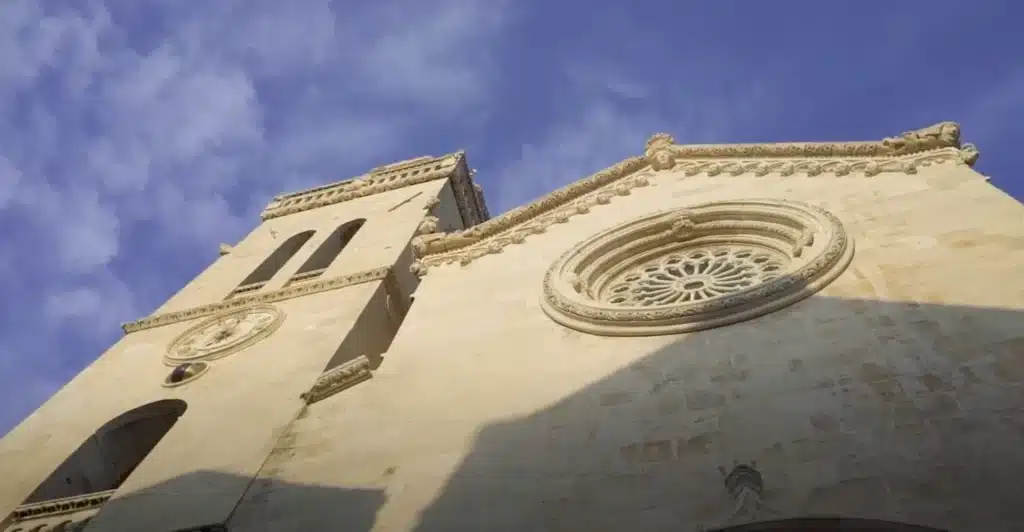
Krka National Park
Another incredible natural spot in Croatia, Krka National Park is famous for its waterfalls, including the popular Skradinski Buk.
- Entrance Fee – Prices vary by season, from $5-30. The ticket includes access to the waterfalls and hiking trails.
- Free Swimming – Swimming is allowed in certain areas within the park, unlike Plitvice Lakes. Bring your swimsuit!
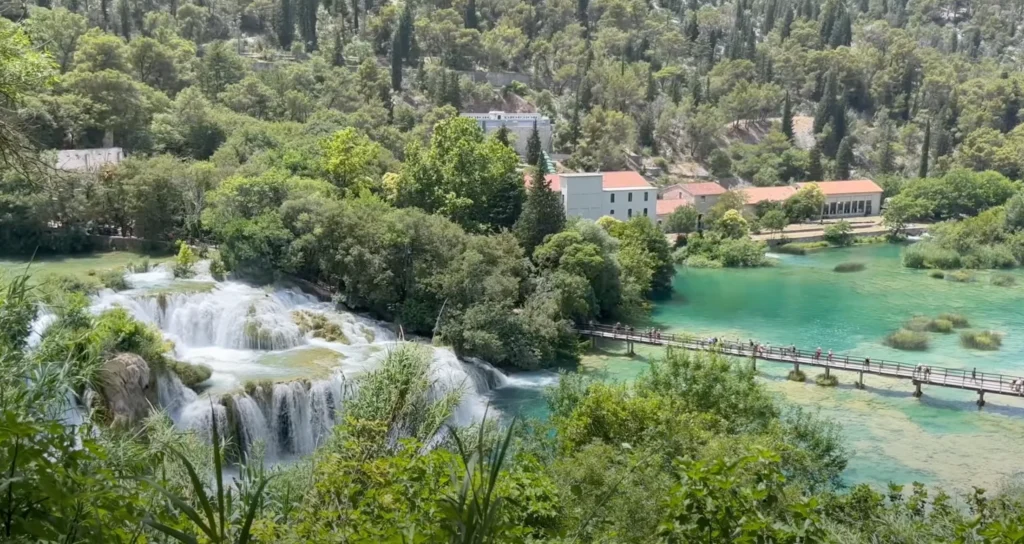
Pula
Pula, located in Istria, is known for its well-preserved Roman architecture.
- Pula Arena – One of the best-preserved Roman amphitheaters in the world. Entrance: $6.
- Temple of Augustus – An ancient temple in the city center, with a small entry fee of $3.
- Beaches – Nearby beaches like Ambrela Beach are free and perfect for an afternoon swim.
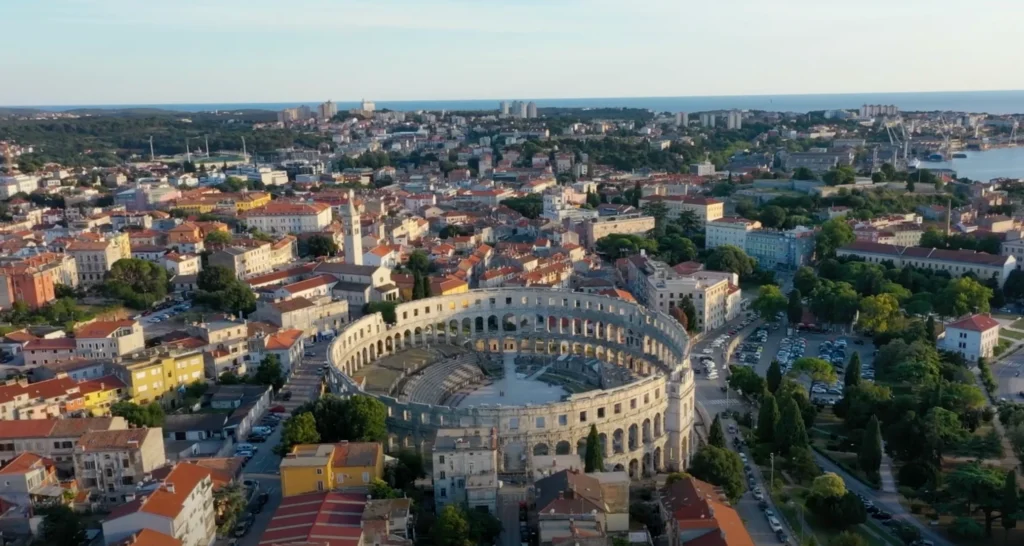
Šibenik
Šibenik is often overlooked by travelers, making it a great spot if you’re looking for a more relaxed experience.
- St. James Cathedral – A UNESCO World Heritage Site with intricate stone carvings. Entrance: $5.
- St. Michael’s Fortress – Offers a panoramic view of the city and sea. Entrance: $10.
- Free Experiences: Walk around the Old Town’s narrow, winding streets filled with medieval charm.
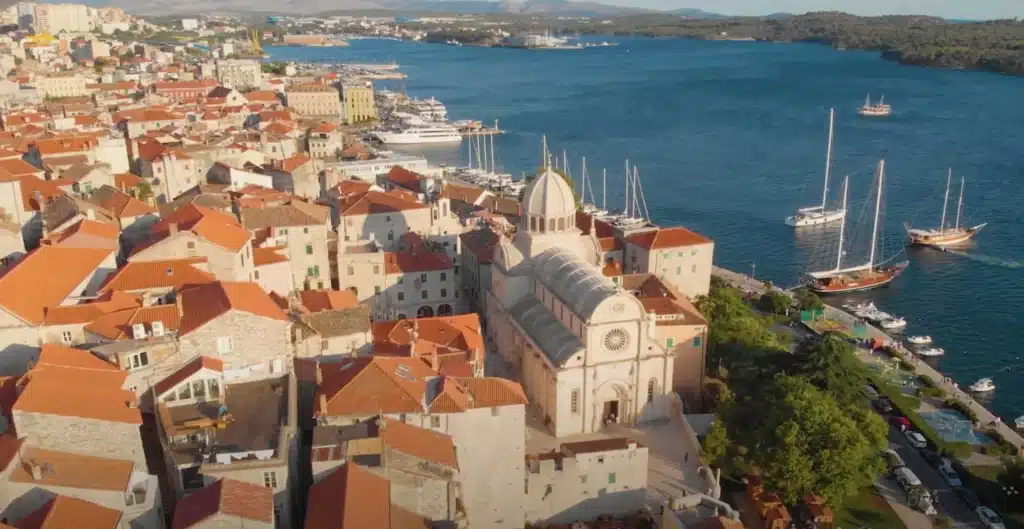
Lesser-Known Gems in Croatia Solo Travel
Here are some lesser-known or hidden gems for Croatia solo travel.
Rastoke Village
Located near the popular Plitvice Lakes, Rastoke is a picturesque village known for its fairy-tale waterfalls and traditional wooden houses. Often referred to as “Little Plitvice,” this spot is ideal for a peaceful day trip, and it’s far less crowded than Plitvice Lakes.
- Entry Fee: Exploring most of the village is free, but some private areas charge $2-5.
- Rastoke Mill: This historic watermill is still operational, and visitors can watch it in action. Entry is usually $3.
- Local Cafés: You’ll find quaint cafés with views of waterfalls where you can enjoy a coffee or snack for $2-5.
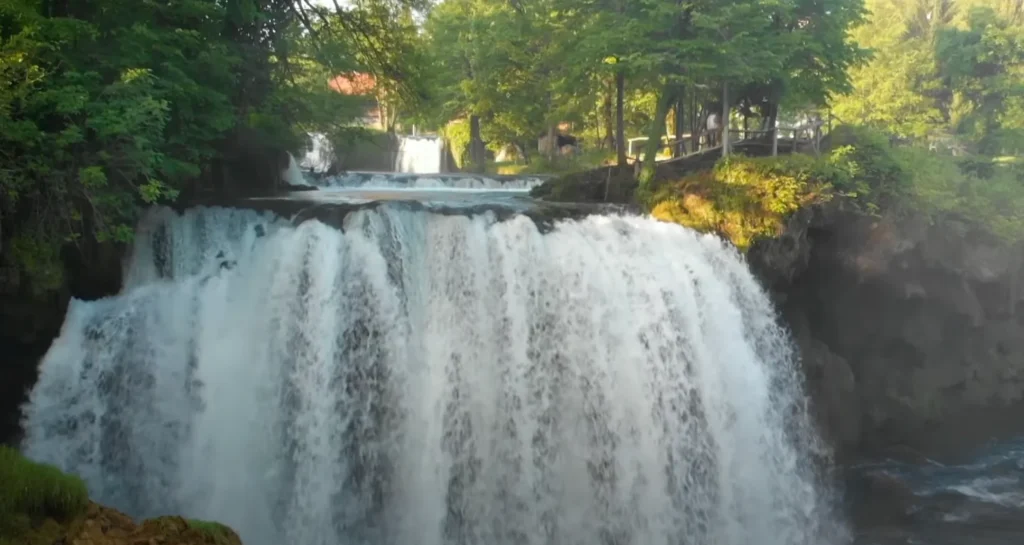
Skradin
Skradin is a charming small town known as the gateway to Krka National Park. It has a peaceful ambiance with pastel-colored houses, a scenic marina, and welcoming locals. It’s an excellent base for exploring the park’s waterfalls and less-touristy sights.
- Krka National Park Entry: Access from Skradin by boat is about $5-30, depending on the season.
- Skradin Beach: This lovely pebble beach along the river is free to enjoy and is perfect for a swim.
- Skradinski Buk Waterfall: Admission to the waterfall is included in the park ticket, where swimming is allowed in designated areas—something you can’t do in Plitvice.
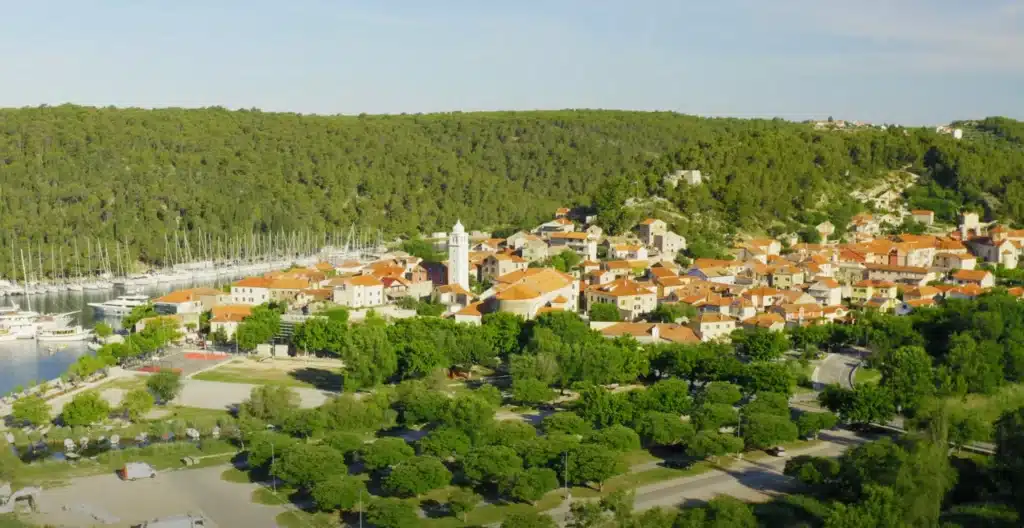
Vis Island
Once a military base, Vis was closed to tourists until the 1980s. This isolation preserved the island’s authentic charm and natural beauty. Today, Vis is a peaceful escape with stunning beaches, unique history, and a relaxed vibe.
- Blue Cave Tour: A boat tour to the famous Blue Cave costs around $30-40, but the views of the luminous blue waters are worth it.
- Fort George: Built by the British in the 19th century, Fort George is now a historical site and popular sunset spot. Entry is around $5.
- Free Beaches: Enjoy the island’s many free beaches, like Stiniva Beach, a hidden cove with clear turquoise waters.
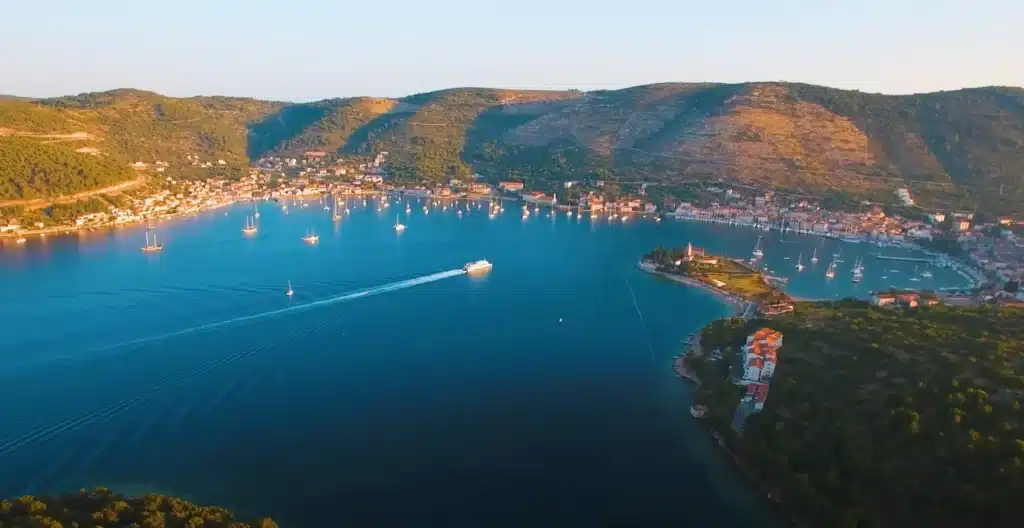
Motovun
Perched on a hilltop in the Istrian region, Motovun is a medieval village known for its truffle-rich forests, cobbled streets, and panoramic views over vineyards and valleys.
- City Walls: You can walk along the city walls for about $3. The views are breathtaking, especially at sunset.
- Motovun Film Festival: This annual event draws a small crowd, and you can catch open-air movie screenings during the festival (tickets vary).
- Truffle Tastings: Visit a local truffle shop and try a tasting session, often priced around $5-10.
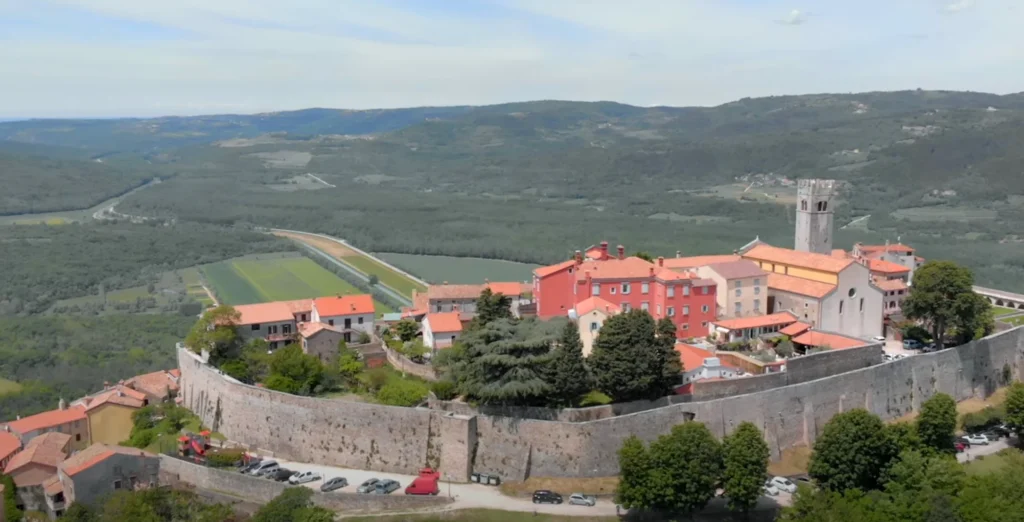
Kopački Rit Nature Park
Located in eastern Croatia near the town of Osijek, Kopački Rit is one of Europe’s largest and most important wetlands. It’s an incredible spot for bird-watching and offers a chance to see Croatia’s natural beauty away from the coast.
- Entrance Fee: Admission to the park is around $5 for a day pass.
- Boat Tours: Guided boat tours through the park’s waterways cost $10-15, providing a closer look at the wildlife and marsh landscapes.
- Observation Towers: Free to access, these towers offer panoramic views over the wetlands.
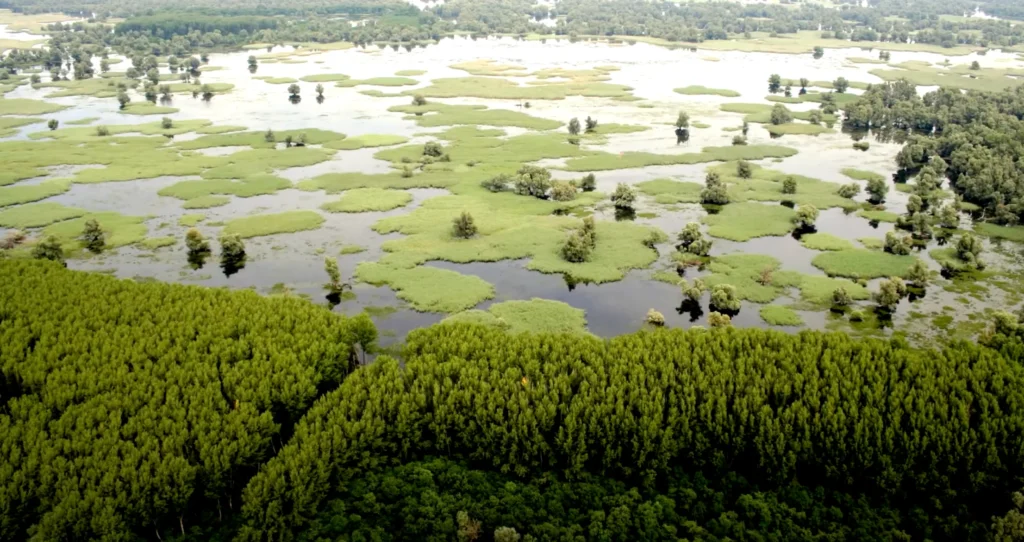
Samobor
A charming town near Zagreb, Samobor is famous for its colorful architecture, crystal-clear river, and delicious local pastries known as kremšnita.
- Samobor Castle: The ruins of this medieval castle are free to explore and provide a scenic lookout point over the town.
- Kremšnita at U Prolazu: Taste this traditional cream cake for $2 at the famous café U Prolazu.
- Grgos Cave: Located in nearby Otruševec, this limestone cave has unique rock formations and costs around $5 for a guided tour.
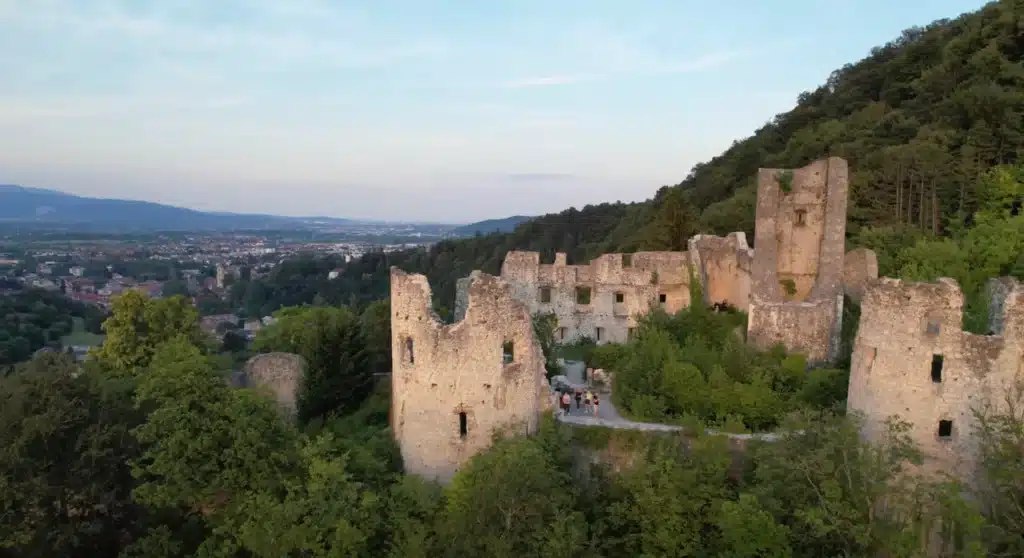
Grožnjan
Known as the “Village of Artists,” Grožnjan is a small medieval town in Istria filled with art galleries, studios, and a vibrant artistic community.
- Art Galleries: Entrance to most galleries is free, though you’ll be tempted to buy local artwork as a souvenir.
- Free Music Performances: In the summer, Grožnjan hosts open-air jazz and classical concerts at no cost to visitors.
- Town Walls and Streets: Wander around the old streets and town walls, which are free to explore.
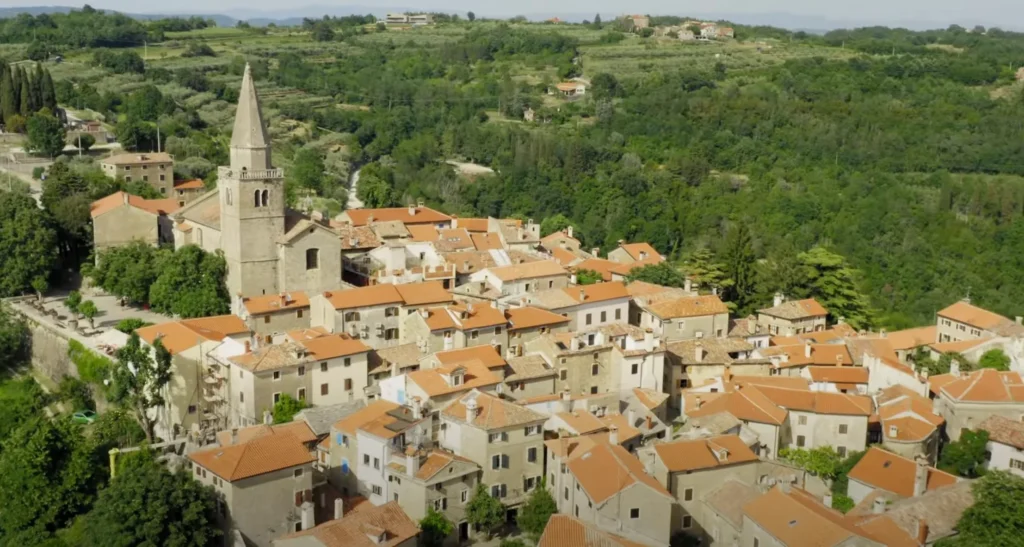
Lubenice, Cres Island
Lubenice is a 4,000-year-old hilltop village on the island of Cres, known for its ancient stone houses, dramatic cliffs, and crystal-clear beaches below.
- Beach Hike: You can hike down to Sveti Ivan Beach for free, though the path is steep and requires sturdy shoes. The beach itself is one of the most beautiful in Croatia.
- Free Village Walk: Wandering through the village is free and offers a glimpse into traditional Croatian life with an ancient feel.
- Olive Oil Tasting: Some local producers offer free tastings of their olive oil—just look for signs in the village.
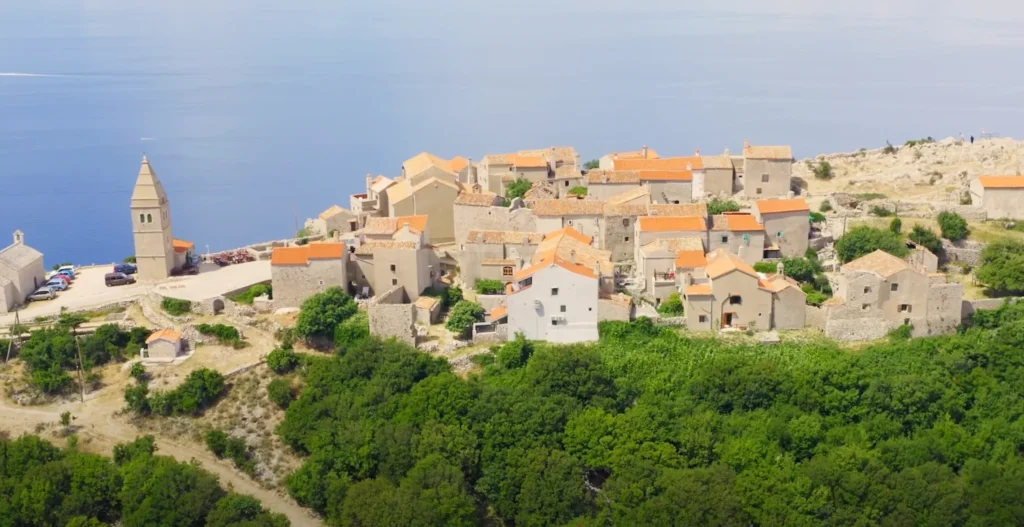
Vrbnik, Krk Island
Vrbnik is a quaint town perched on a cliff on Krk Island. Known for its golden Žlahtina wine, this village is ideal for wine lovers and those wanting a peaceful retreat.
- Wine Tastings: Tasting sessions at local wineries cost around $5-10, and they usually waive the fee if you buy a bottle.
- Free Narrow Street: Check out Klančić, one of the narrowest streets in the world. It’s a fun and free photo spot!
- St. John the Baptist Church: A small but beautiful church that you can visit for free.
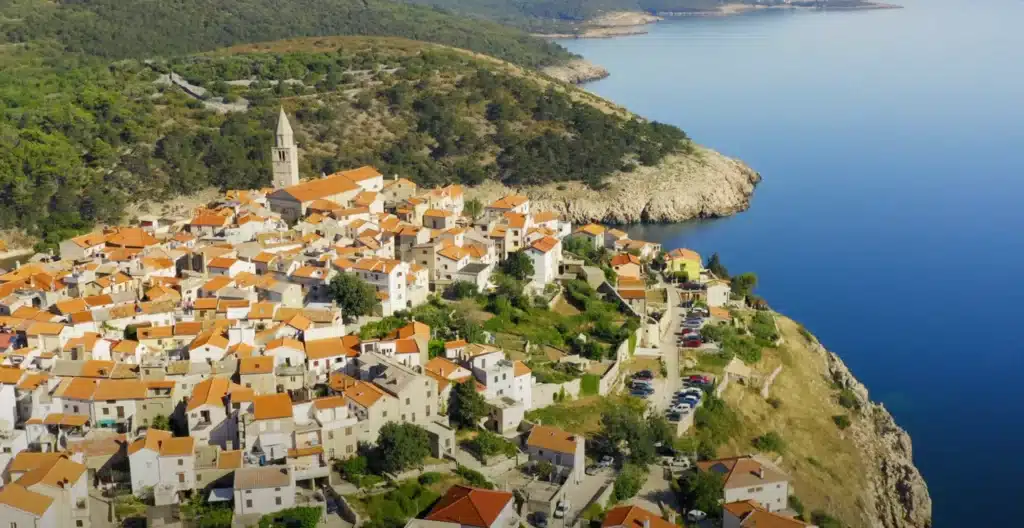
Trakošćan Castle
Located in the north, Trakošćan Castle is one of Croatia’s most picturesque castles, set on a lake surrounded by a scenic forest.
- Entrance Fee: Entry to the castle and museum is $6 for adults. You’ll get to see the preserved interior, art collections, and weaponry.
- Castle Grounds and Lake: You can walk around the lake and through the castle’s scenic grounds for free. There’s also a hiking trail that circles the lake.
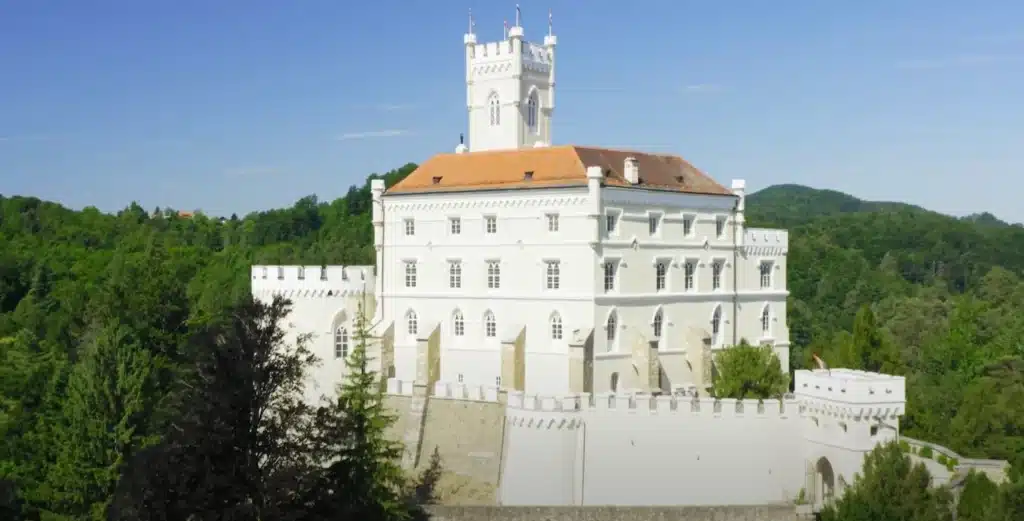
10-Day Croatia Itinerary for Solo Travelers
Day 1: Arrival in Zagreb
- Arrival: Fly into Zagreb, Croatia’s capital, which is well-connected to international flights.
- Explore: Spend the day exploring Zagreb’s Old Town (Gornji Grad) with its cobblestone streets, historic buildings, and St. Mark’s Church.
- Do: Visit Mirogoj Cemetery for beautiful architecture and views, and check out Zagreb Cathedral.
- Evening: Enjoy dinner at a traditional konoba (tavern) in the city center.
Day 2: Zagreb – Plitvice Lakes National Park
- Morning: Take a 2-hour bus ride to Plitvice Lakes National Park (entrance fee: €10-40 depending on the season).
- Explore: Spend the day hiking through this UNESCO World Heritage site, famous for its beautiful turquoise lakes, waterfalls, and lush greenery.
- Evening: Stay overnight at a nearby guesthouse or hotel.
Day 3: Plitvice Lakes – Zadar
- Morning: Head to Zadar (about 2.5-3 hours by bus or car).
- Explore: Visit the famous Sea Organ and Greetings to the Sun, unique art installations along the coast.
- Do: Wander around Zadar’s Roman Forum, and check out St. Donatus Church.
- Evening: Enjoy dinner with a view at one of the seaside restaurants.
Day 4: Zadar – Split
- Morning: Take a 2-hour bus or train ride to Split.
- Explore: Visit the Diocletian’s Palace, a UNESCO site, and wander the ancient streets.
- Do: Climb Marjan Hill for panoramic views of the city and the sea.
- Evening: Experience Split’s nightlife in its bustling center, with bars and cafes around Peristil Square.
Day 5: Split – Hvar
- Morning: Catch a ferry to Hvar Island (ferry tickets: around €10-25 depending on the route).
- Explore: Check out Hvar Town‘s medieval architecture, St. Stephen’s Square, and the Fortress for incredible views.
- Do: Visit the Pakleni Islands for crystal-clear waters and quiet beaches (boat rental available for about €20-40).
- Evening: Enjoy sunset drinks at a seaside bar.
Day 6: Hvar – Korčula
- Morning: Take a ferry from Hvar to Korčula Island (around €10-20).
- Explore: Wander around the Korčula Old Town, which is often referred to as “Little Dubrovnik.”
- Do: Visit Marco Polo’s House and enjoy the peaceful beaches.
- Evening: Savor a seafood dinner by the water.
Day 7: Korčula – Dubrovnik
- Morning: Take a 2-hour ferry from Korčula to Dubrovnik (ferry costs about €15-30).
- Explore: Spend the day walking the famous Dubrovnik City Walls (entrance fee: €30-35).
- Do: Visit Old Town, a UNESCO World Heritage site, and check out landmarks like Sponza Palace and Rector’s Palace.
- Evening: Enjoy dinner at a restaurant with views of the city walls.
Day 8: Dubrovnik – Lokrum Island
- Morning: Take a short 15-minute ferry ride to Lokrum Island (ferry tickets: around €10).
- Explore: Visit Fort Royal and Botanical Gardens, swim in crystal-clear waters, and relax on the island’s tranquil beaches.
- Evening: Return to Dubrovnik for dinner in the Old Town, and explore the nightlife.
Day 9: Dubrovnik – Cavtat
- Morning: Take a 30-minute bus or boat ride to Cavtat, a charming coastal town just south of Dubrovnik.
- Explore: Wander the quaint streets, visit the Rector’s Palace, and relax at the Cavtat Promenade.
- Do: Visit Vlaho Bukovac Gallery to see local art, or take a boat tour along the coast.
- Evening: Enjoy a peaceful evening with dinner overlooking the sea.
Day 10: Dubrovnik – Departure
- Morning: Spend the morning exploring any last-minute sights or enjoy a final walk along the Dubrovnik walls.
- Afternoon: Take your flight back home or continue your journey.
Best time to visit Croatia
Best Months for Solo Travelers: May-June and September-October offer the best mix of affordability, weather, and smaller crowds.
- Late Spring (April – June): Ideal for good weather and fewer crowds. Warm temperatures (15-25°C) make it perfect for coastal exploration and hiking, with lower prices than in peak season.
- Summer (July – August): Peak season with lively beaches, festivals, and warm temps (25-30°C). Best for beachgoers but more crowded and expensive.
- Early Fall (September – October): Great balance of warm weather (18-25°C), fewer tourists, and lower prices. Perfect for swimming, wine tours, and national parks.
- Winter (November – March): Quiet season, with cities like Zagreb offering vibrant Christmas markets. Cooler temps (5-15°C), with great deals on accommodations but limited coastal attractions.
Where to Stay in Croatia
- Hostel Spinut (Split) – A budget-friendly hostel near Split’s main attractions; dorm beds from $25.
- City Walls Hostel (Dubrovnik) – Located in the Old Town, offering cozy dorm rooms from $30.
- Boutique Hostel Forum (Zadar) – Known for its social atmosphere and stunning views over Zadar’s old town, starting at $28.
Places to Eat in Croatia
- Konoba Korta (Split) – A cozy spot with authentic Dalmatian food. Try the seafood risotto for around $15.
- Taj Mahal (Dubrovnik) – Bosnian dishes in Croatia! The lamb stew here is popular and costs about $14.
- Pet Bunara (Zadar) – Organic and local ingredients drive the menu here. Expect to spend around $18 for a main.
How to Get to Croatia
There are multiple easy ways to reach Croatia:
- Flying: Croatia’s main airports are in Zagreb, Split, and Dubrovnik. Budget airlines like Ryanair and EasyJet offer low-cost flights from major European cities. Prices can start as low as $20-100.
- Train: Trains connect Croatia to cities like Vienna, Budapest, and Ljubljana. A trip from Vienna to Zagreb takes about 6 hours and costs around $35-55.
- Bus: International bus lines, such as FlixBus and Eurolines, connect Croatia to neighboring countries. Bus fares are affordable, with trips from cities like Budapest costing around $15-30.
- Driving: Croatia shares borders with Slovenia, Hungary, Bosnia, Montenegro, and Serbia. Renting a car and driving across the border is possible, though toll fees apply on highways.
- Ferry: Ferries run between Italy (e.g., Venice, Ancona, Bari) and Croatia (e.g., Split, Dubrovnik, Zadar). Prices are typically $50-100.
With various options available, reaching Croatia is convenient for any travel style or budget.
How to Get Around Croatia
- Buses – Croatia has an affordable and reliable bus network, especially along the coast. Fares vary; for example, a Dubrovnik to Split ticket is about $20.
- Ferries – Essential for island-hopping, with prices around $8-15 for short routes.
- Trains – Less extensive but good for inland routes; Zagreb to Split by train costs about $25.
Phrases to Use Locally
- Dobar dan – Good day.
- Hvala – Thank you.
- Koliko košta? – How much does it cost?
- Gdje je…? – Where is…?
Where to Meet Other Travelers
- Pub Crawl Split – A fun, organized pub tour to meet other travelers.
- Free Walking Tours – Available in Dubrovnik, Split, and Zagreb, these tours are budget-friendly and attract many solo travelers.
- Hostel Common Areas – Hostels in Croatia are social and welcoming, with many offering group activities.
Budget Overview for Croatia
Croatia is budget-friendly, especially with a little planning:
- Accommodation: Dorm beds range $15-30; private rooms or apartments are around $40-70; budget hotels start at $60+.
- Food: Street food costs $2-3, casual meals $7-12, and mid-range restaurants $15-25. A beer or coffee is typically $2-4.
- Transport: Buses are economical; for example, Split to Dubrovnik costs $15-20. Ferries for island-hopping are $5-20.
- Activities: National parks cost $10-40; museums $3-10. Many scenic beaches, hikes, and old towns are free.
Daily Budget:
- Budget: $40-60
- Mid-Range: $80-120
- Luxury: $150+
Croatia offers a range of affordable experiences, especially if you take advantage of local transport and free activities!
Common FAQs About Croatia
- Is Croatia safe for solo travelers? Yes, it’s considered very safe, with low crime rates.
- What currency is used? Croatia uses the euro (€).
- Can I drink tap water? Yes, tap water in Croatia is safe to drink.
Solo Travel Tips for Croatia
- Choose your season wisely. Croatia is packed in summer, so consider May, June, or September for a less crowded experience.
- Book ferries in advance during high season if you’re island-hopping.
- Join day tours to meet other travelers if you’re seeking company.
Budget Travel Tip for Croatia
With a little planning, Croatia is easy to explore without stretching your budget!
- Travel Off-Season: Visiting Croatia in spring (April-May) or fall (September-October) lets you avoid high-season prices and large crowds, especially in popular spots like Dubrovnik and Split. Accommodations and tours are significantly cheaper, and you’ll still enjoy pleasant weather.
- Eat Like a Local: Skip touristy restaurants and try “konobas” (local taverns) for authentic, affordable Croatian meals. Bakeries also offer delicious pastries and sandwiches for just $2-3, perfect for a quick breakfast or lunch on the go.
- Use Public Transport: Croatia’s buses are an affordable way to travel between cities, especially along the coast. Book in advance for the best prices, and consider using ferries instead of flights when island-hopping, as they’re budget-friendly and scenic!
- Choose Free and Low-Cost Activities: Croatia’s stunning beaches, historic old towns, and scenic hiking trails don’t cost a thing. Join free walking tours in cities like Zagreb or Dubrovnik to get local insights without breaking the bank.
- Stay in Hostels or Apartments: Opt for hostels, where dorms start around $15-30 per night, or rent apartments if you’re staying longer. Apartments often have kitchens, so you can save by preparing meals or packing picnics for day trips.
Final Thoughts
Croatia is a gem for solo travelers, blending natural beauty with historic charm. Whether you’re exploring ancient cities, island-hopping, or just soaking in the Adriatic Sea, this country offers endless adventure for those traveling alone.
With friendly locals, ample places to stay, and a fantastic solo travel community, Croatia could easily become your favorite European destination.

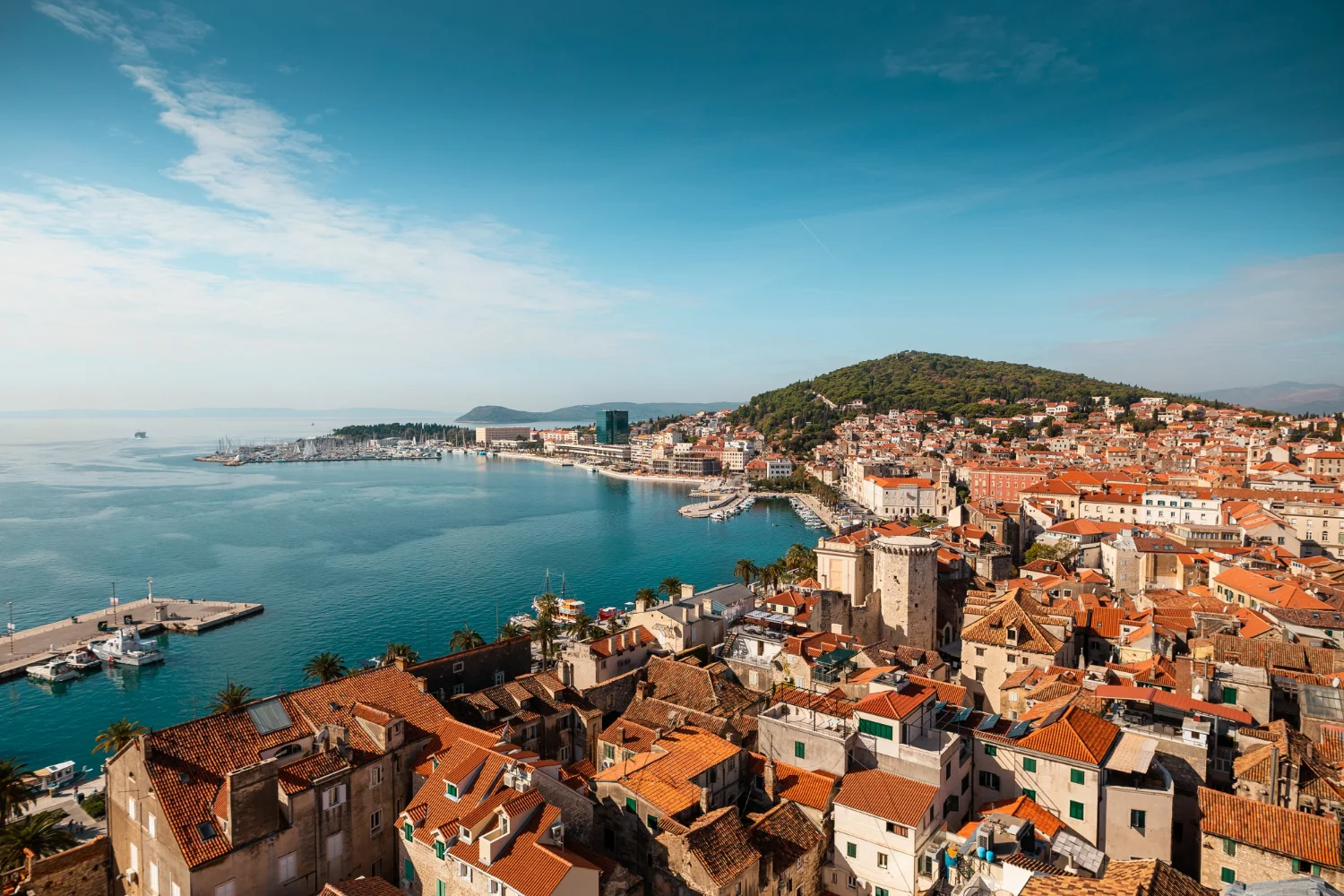
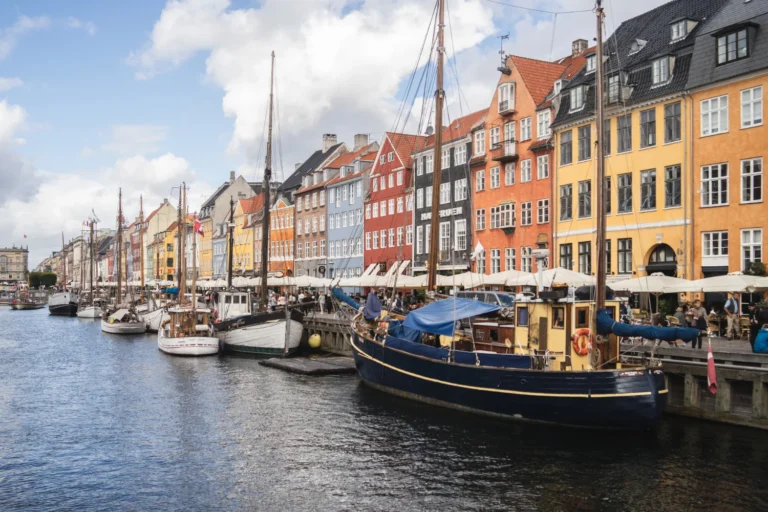


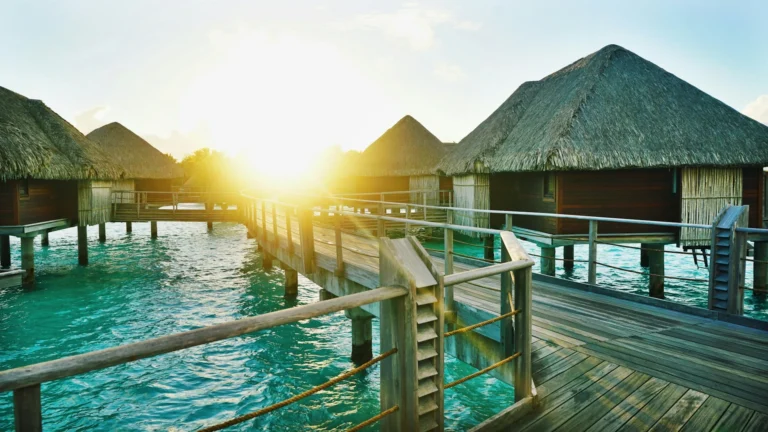
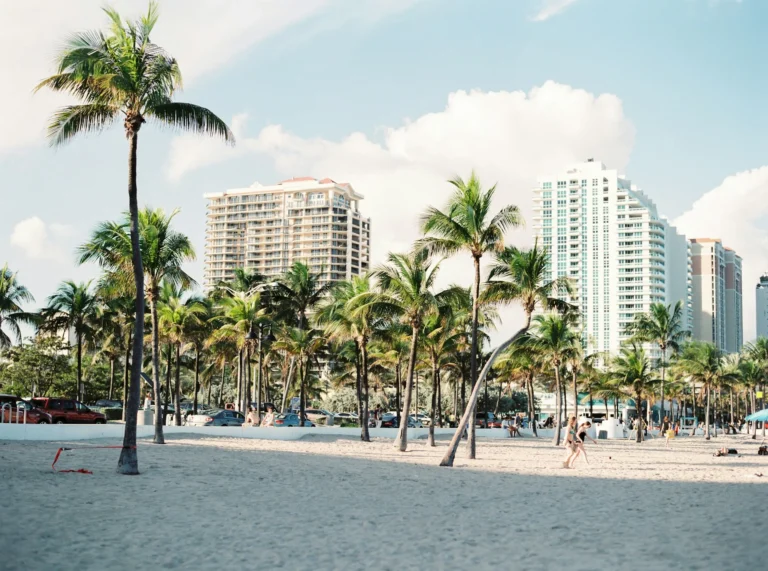
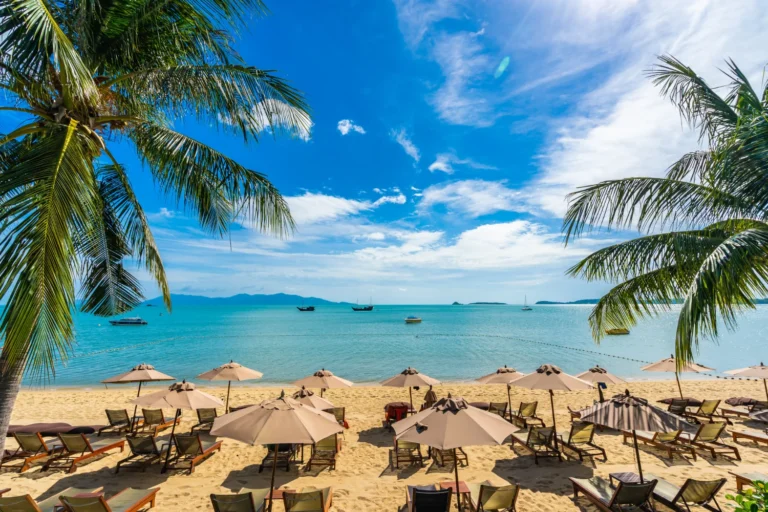
2 Comments